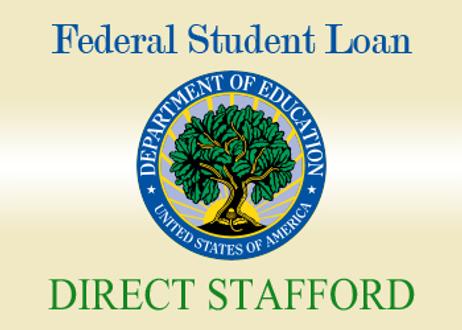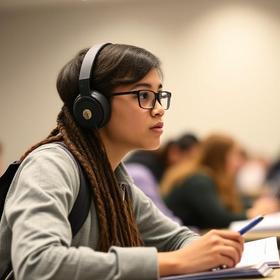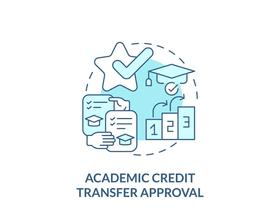Financial Aid 101 for Community College Students
Updated for 2025
Attending a community college remains one of the most cost-effective pathways to higher education in the United States. Yet, even modest tuition and fees can pose real obstacles for many students. This article — aimed at students, parents and educators — explains how financial aid works for two-year institutions, highlights the latest 2025 data and policies, and offers actionable guidance to maximize support when enrolling in a community college.
Why Financial Aid Matters at Community Colleges
Community colleges serve a diverse and often underserved student population. According to recent data from the American Association of Community Colleges (AACC), community-college students account for approximately 39 % of all U.S. undergraduates. Many students are first-generation, working adults, or simply seeking to gain credentials with less debt. For these students, financial aid isn’t optional — it’s essential.
The latest average tuition data show that public community colleges charge approximately $5,238 per year for in-state students and about $8,895 for out-of-state students for 2025-26. Community College Review While higher than some may expect, these levels are still far below those of four-year institutions — but only if students understand and secure available aid.
Key Financial Aid Terms and Eligibility
Before delving into specific programs, here are some foundational concepts:
FAFSA: The Free Application for Federal Student Aid (now streamlined and sometimes labelled



















